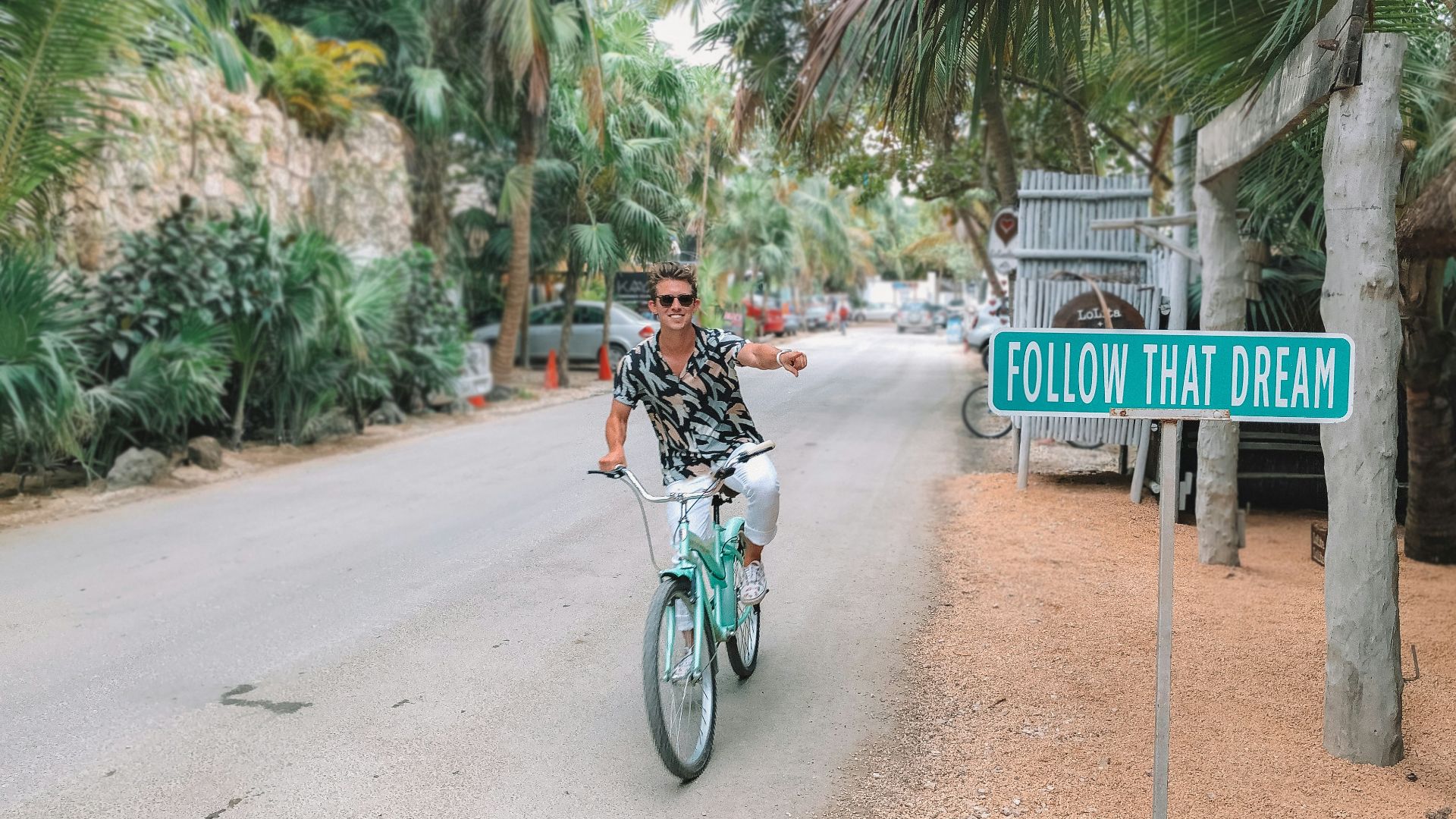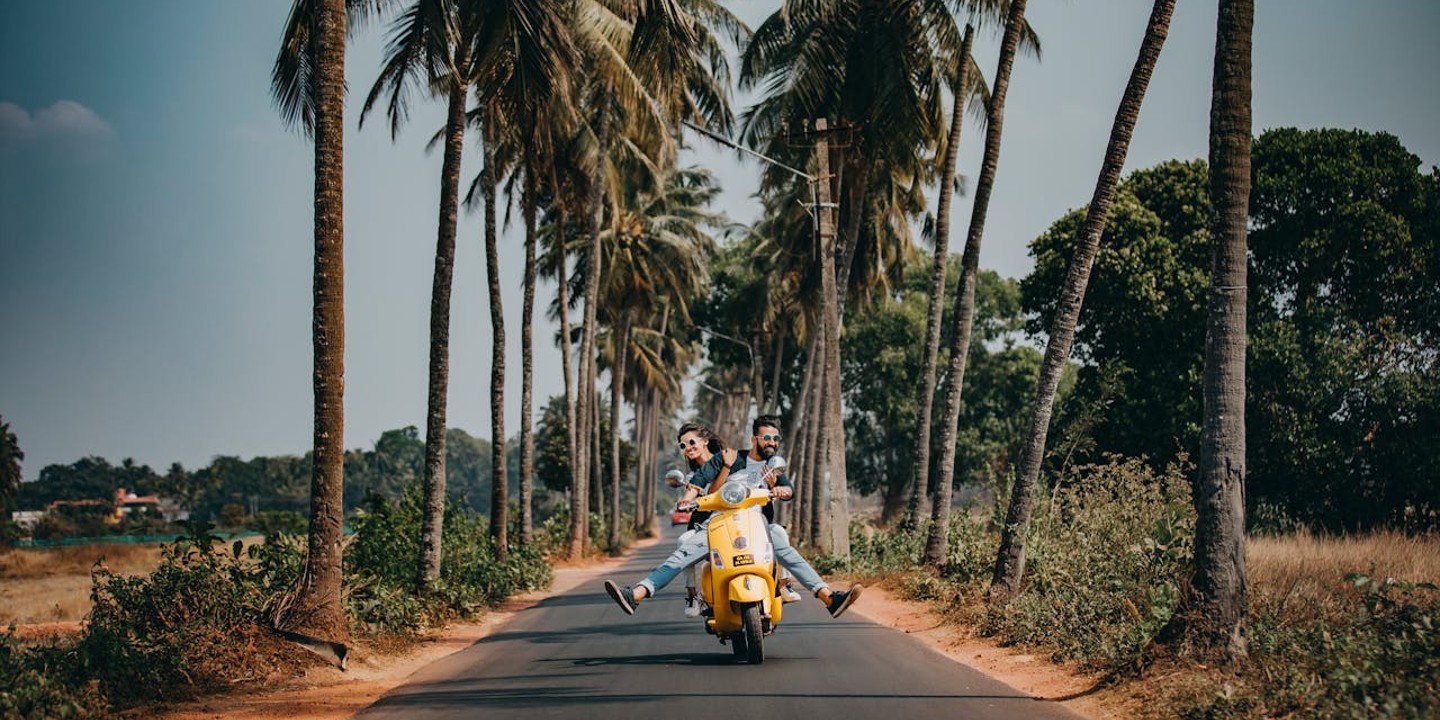The Art of Slow Travel: Why You Should Stay Longer & Move Less
 Guilherme Stecanella on Unsplash
Guilherme Stecanella on Unsplash
Say goodbye to vacations where the goal is to see five countries in one week. Slow travel is in vogue, and once you experience it, you'll never go back to packed itineraries again. Without the pressure to "see it all," slow travel offers the opportunity to truly wander, refresh, and get immersed in a different culture. It allows you to savor moments and be truly present instead of thinking of what's next, the train you need to catch, or the next hotel you need to book.
What is slow travel?
Slow travel is the mindset of traveling at a relaxed pace with the object of connecting more deeply with a place, forming connections, and experiencing the culture. It's in opposition to "fast travel," which emphasises quantity over quality. At the heart of slow travel is the idea that staying longer in fewer destinations allows you to experience a place in a way short-term tourists simply can’t.
The benefits of slow travel
When you’re not sprinting between cities or cramming your days with back-to-back sightseeing, you begin to notice the subtle rhythms of local life, like the quiet lulls of weekday afternoons, the bakery that opens before sunrise, or the daily routines of the locals. You begin to be on a first-name basis with the baristas and shopkeepers, and get to know the hidden corners of a city—places where guidebooks wouldn't take you.
When you remove the pressure to constantly be “productive” as a traveler, you create space for spontaneity. You can linger over lunch, take a random turn down a new street just because it looks charming, and strike up conversations with random locals. These are the things that make travel worthwhile—not the selfie in front of the monument or the snapshot of a famous artwork, identical to millions of others.
Slow travel also breeds mindfulness and personal growth. When you're not trying to cram ten cities into one trip, you actually have the mental space to notice the little things and live in the moment. You have time to journal, think, and reflect. Slow travel is also often less structured and may be more uncertain and challenging, fostering greater resilience.
Staying longer in one place is often a lot more cost-effective as well. If you stay one month in a destination, for example, you can sublet an apartment instead of paying for a pricy hotel or other accommodation. You can also save money by cooking meals and using local transportation. You'll also learn with time how the local economy works and where to get the best prices for things.
In the world of remote work, you might even have the opportunity to bring your job with you, something you probably wouldn't be able to do if all your days were spent on the go.
Additionally, slow travel is generally better for the environment. Fewer flights, trains, and bus rides translate to a smaller carbon footprint. You also contribute positively to the local economy because you're more likely to spend your money on local businesses rather than large corporations, like those that dominate tourist traps.
With slow travel, what you lose in quantity you gain in quality. Proponents of the movement say it turns travel from a stressful checklist into a meaningful, memorable, and truly transformative experience.








